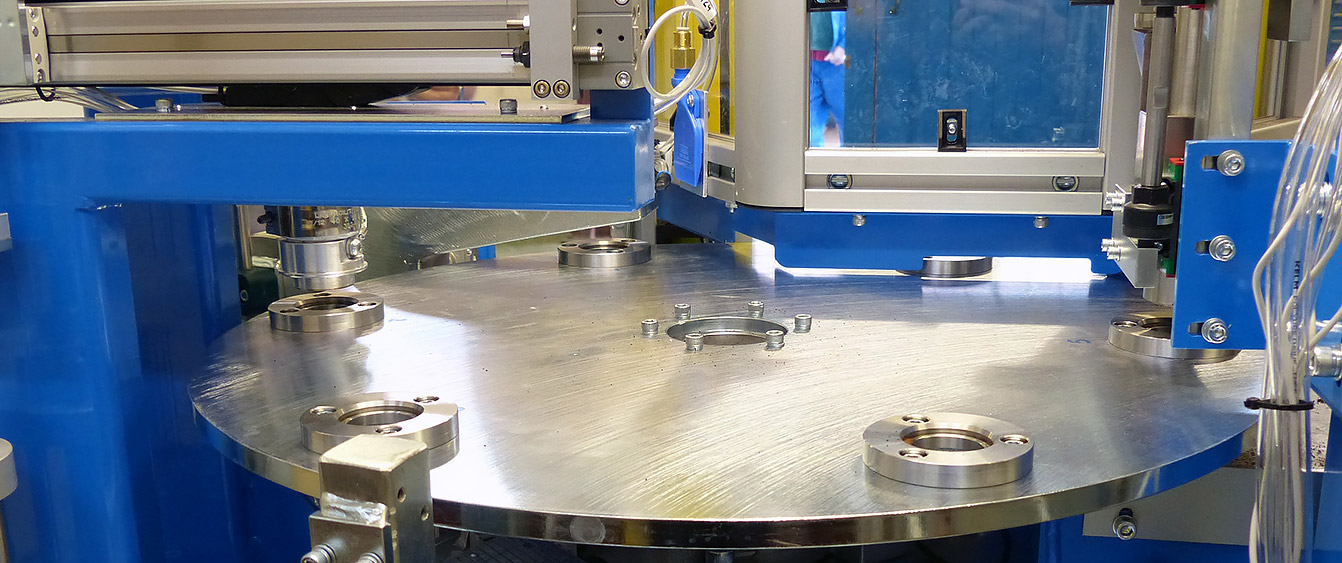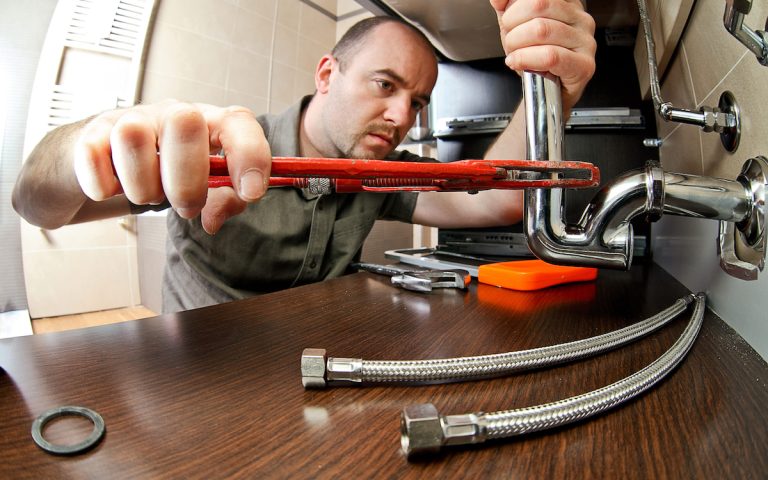The evolution of special purpose machinery stands as a testament to human ingenuity and technological advancement. From humble beginnings to the sophisticated systems of today, this article explores the trends and technologies that have shaped the development of special purpose machinery over time.
Understanding Special Purpose Machinery
Defining Special Purpose Machinery
Special purpose machinery refers to equipment designed and built to perform specific tasks or processes within a manufacturing or production environment. Unlike general-purpose machinery, which caters to a wide range of applications, special purpose machinery is customised to address unique challenges with precision and efficiency.
The Early Days: Mechanical Innovations
The history of special purpose machinery can be traced back to the industrial revolution, when early mechanisation revolutionised manufacturing processes. Simple mechanical devices, such as pulleys, gears, and levers, were employed to automate repetitive tasks and increase productivity in factories and workshops.
The Impact of Special Purpose Machinery
Advancements in Automation
One of the most significant trends in the evolution of special purpose machinery is the advancement of automation technologies. From the introduction of electric motors and hydraulics to the development of computer-controlled systems, automation has revolutionised the way we manufacture goods, enabling greater precision, flexibility, and efficiency in production.
Integration of Robotics
Another notable trend in special purpose machinery is the integration of robotics into manufacturing processes. Robotics technology has enabled the development of sophisticated automated systems capable of performing complex tasks with speed and accuracy, such as welding, assembly, and material handling. These robotic solutions offer increased productivity, improved quality, and enhanced safety in manufacturing operations.
Applications Across Industries
Automotive Manufacturing
In the automotive industry, special purpose machinery is essential for every stage of production, from stamping and welding to painting and assembly. These specialised systems enable manufacturers to achieve precision engineering and high-quality finishes, resulting in reliable vehicles that meet customer expectations.
Aerospace Engineering
In the aerospace sector, special purpose machinery plays a critical role in the fabrication and assembly of aircraft components. From machining and forming to testing and inspection, these advanced systems ensure the safety, reliability, and performance of aerospace products, meeting the stringent standards of the industry.
Future Trends and Innovations
Integration of Artificial Intelligence
The future of special purpose machinery lies in the integration of artificial intelligence (AI) and machine learning technologies. By equipping machines with cognitive capabilities, manufacturers can enhance predictive maintenance, optimise production schedules, and improve overall efficiency and performance.
Sustainability and Green Manufacturing
As sustainability becomes increasingly important in manufacturing, special purpose machinery will play a vital role in driving eco-friendly initiatives. Manufacturers are exploring innovative solutions, such as energy-efficient designs, waste reduction strategies, and materials recycling, to minimise environmental impact while maximising resource efficiency and cost savings.
Conclusion
In conclusion, the evolution of special purpose machinery has been shaped by trends and technologies that have revolutionised manufacturing processes across industries. From the early days of mechanical innovation to the integration of automation, robotics, and artificial intelligence, these advancements have enabled manufacturers to achieve greater efficiency, precision, and sustainability in their operations. As we look to the future, the role of special purpose machinery will only continue to grow, driving innovation and shaping the way we produce goods for generations to come.






















+ There are no comments
Add yours